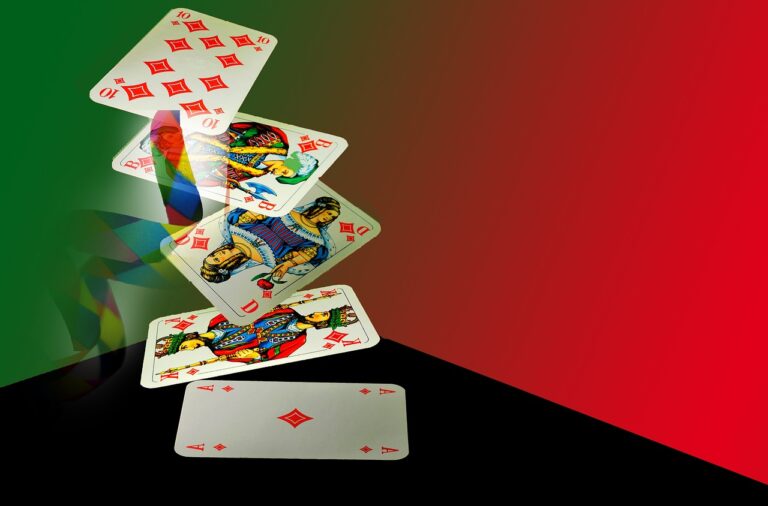Analyzing the Evolution of Edutainment in Entertainment
Edutainment has seen a remarkable evolution over the years, emerging as a powerful tool that combines educational content with entertainment elements. Initially, edutainment primarily consisted of television programs and computer games aimed at making learning more engaging and interactive for children. As technology advanced, edutainment expanded into various forms such as mobile apps, virtual reality experiences, and interactive exhibits in museums.
The evolution of edutainment has been fueled by the recognition of the effectiveness of incorporating entertainment into the educational process. By blending learning with fun and engaging content, edutainment has proven to be particularly beneficial in capturing the attention of learners and enhancing their retention of information. This approach has not only revolutionized traditional educational methods but has also paved the way for innovative ways to educate individuals of all ages across different platforms.
Origins of Edutainment
Edutainment can trace its roots back to ancient times when storytelling was used as a means to educate and entertain. In cultures around the world, elders would pass down knowledge through oral traditions, infusing lessons with elements of entertainment to capture the audience’s attention. These early forms of edutainment laid the foundation for the integration of education and entertainment that we see today.
With the advent of mass media, the concept of edutainment evolved rapidly. Radio programs and television shows began to incorporate educational content into their entertainment offerings, reaching a wider audience than ever before. This shift towards merging education and entertainment paved the way for the diverse landscape of edutainment that exists in the modern world, encompassing everything from educational video games to interactive museum exhibits.
Integration of Education and Entertainment
In today’s fast-paced digital age, the integration of education and entertainment has become increasingly prevalent across various platforms. Companies, educators, and content creators are recognizing the power of combining learning with engaging and entertaining content to captivate audiences’ attention. This evolution has led to the development of edutainment content that not only educates but also entertains, making learning a more enjoyable and effective experience for learners of all ages.
By infusing educational content with elements of entertainment such as gamification, storytelling, and interactive multimedia, the lines between traditional education and entertainment have blurred. This shift has proven to be highly impactful in engaging students, fostering a deeper understanding of complex concepts, and enhancing retention rates. The integration of education and entertainment has created a dynamic learning environment that appeals to diverse learning styles, opening up new possibilities for innovative teaching methods and enhanced educational outcomes.
What is edutainment?
Edutainment is the combination of education and entertainment, designed to make learning more engaging and enjoyable.
How has edutainment evolved over time?
Edutainment has evolved from traditional classroom teaching methods to incorporating technology and interactive multimedia to enhance the learning experience.
What are some examples of edutainment?
Examples of edutainment include educational television programs, interactive learning apps, and educational video games.
How can the integration of education and entertainment benefit learners?
The integration of education and entertainment can help make learning more engaging, increase retention of information, and improve overall academic performance.
What are the origins of edutainment?
The concept of edutainment can be traced back to the early 1970s when educators and entertainment professionals started collaborating to create educational content for a wider audience.







